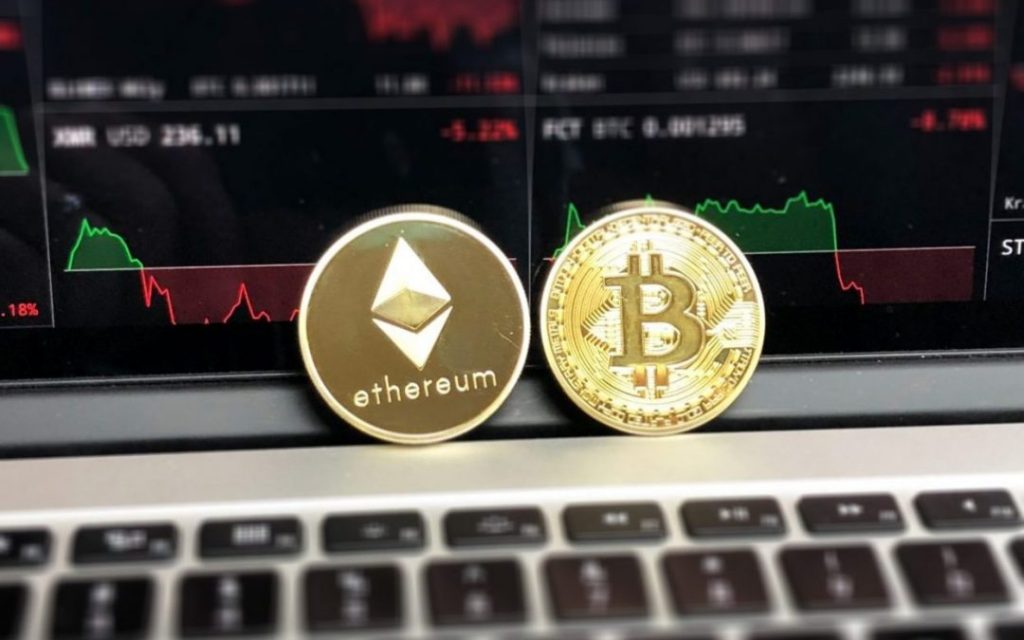In the realm of digital assets, speed is the new king. Crypto-asset transactions, which once took minutes or even hours, are done in microseconds. This phenomenal transformation is the result of advancements in blockchain technology, elevating the crypto trading experience to new heights.
One such ground-breaking technology is the Lightning Network, an off-chain solution that enables instant transactions. This layer-2 protocol sits atop the blockchain, enabling a plethora of microtransactions to occur virtually simultaneously, thereby significantly reducing congestion on the main network. Not only does it increase the transaction speed, but it also reduces fees, making it exceedingly economical for users to perform microtransactions.
The Lightning Network: A lightning-fast solution
The Lightning Network is undoubtedly a game-changer in the world of crypto-assets. It addresses one of the most significant challenges facing blockchain networks – scalability. Bitcoin, for instance, has faced limitations due to the time it takes to process transactions and the number of transactions it can handle per second. Lightning Network offers a scalable solution by moving a substantial portion of transactions off the main blockchain.
How does it work? Picture this: you and your friend want to perform several microtransactions between each other. Without the Lightning Network, each of these transactions would need to be recorded on the blockchain, incurring fees and taking time. With the Lightning Network, you can open a payment channel between yourselves. This channel operates off-chain, meaning the transactions occur instantly and without fees. Only the final balances of the channel are recorded on the blockchain, reducing the overall load on the network and speeding up transactions for everyone.

Enhancing crypto transaction speed with technological advancements
Further enhancing the rapidity of crypto transactions are the advances in computer processing capabilities and network speeds. High-frequency trading firms (HFTs) are leveraging supercomputers and advanced algorithms to execute trades within microseconds. These firms leverage the speed of light to their advantage, utilizing high-speed fibre optic cables and proximity hosting to minimize latency.
High-frequency trading, once the domain of traditional financial markets, has made its presence felt in the crypto-assets space. These firms engage in lightning-fast trading strategies, often executing thousands of trades in a matter of seconds. While this can contribute to increased liquidity and market efficiency, it also raises concerns about fairness and market manipulation.
Challenges and considerations
While the shift towards high-speed transactions brings numerous advantages, it also presents unique challenges. For one, it increases the potential for market manipulation. Algorithms can manipulate prices by rapidly buying or selling assets, creating artificial market movements. Additionally, the speed of transactions could lead to higher volatility, as swift price changes could trigger panic selling or buying.
To mitigate these issues, regulatory bodies must step in with robust rules and monitoring mechanisms. Clear guidelines need to be established to prevent unfair trading practices and protect retail investors. Moreover, certain crypto exchanges implement safeguards like circuit breakers to halt trading during periods of extreme volatility.

Regulation and safeguards: Striking a balance
The regulatory landscape for crypto-assets is evolving alongside technological advancements. Governments and regulatory bodies are grappling with how to strike a balance between encouraging innovation and safeguarding the interests of market participants. They recognize the potential of blockchain technology to transform industries, streamline processes, and improve financial inclusion.
However, the high-speed nature of crypto transactions presents unique regulatory challenges. Regulators need to adapt to the rapidly changing landscape and develop frameworks that can keep pace with technological developments. A critical focus is on market surveillance and investor protection. Implementing tools for real-time monitoring and reporting of suspicious activities is paramount.
One Trading has an offering called Instant Trade. This product enables all types of traders to trade a large list of crypto-assets instantaneously, at large ticket sizes, on a simplified UI, and at competitive prices for traders – read a price comparison here. While over-the-counter (OTC) trading is typically available only to HNWs or institutitonals, this eOTC offering is open to all types of traders, such as beginners, advanced, and institutionals via One Trading’s bespoke platform and under their VASP licence in Italy.

In conclusion, the world of crypto-assets is evolving rapidly, and the advent of lightning-fast transactions is just one aspect of this evolution. It brings with it an array of opportunities and challenges, which are reshaping the trading landscape. The future of crypto trading lies in the balance of harnessing this speed while ensuring transparency, fairness, and security.
In the coming years, we can anticipate further innovations in transaction speed and efficiency. These innovations will likely extend beyond trading and payments, impacting various sectors, including supply chain management, healthcare, and voting systems. The key will be to maintain a delicate equilibrium, fostering innovation while upholding the principles of trust and security that underpin the crypto-assets revolution. The crypto landscape is an exciting, dynamic space, and as it matures, it holds the potential to reshape the very foundations of our financial systems and beyond.
For even more tech news like this, click right here.